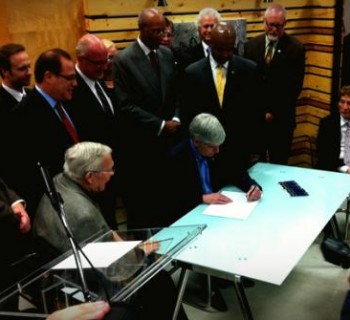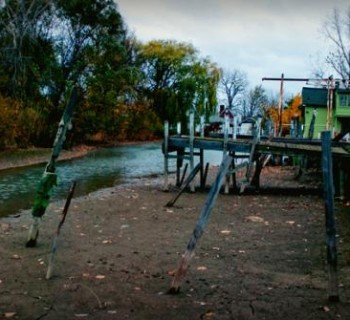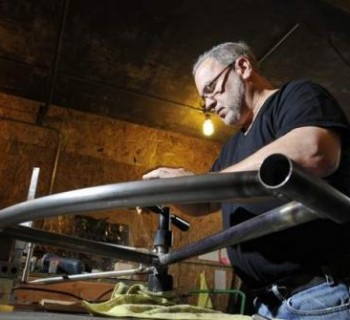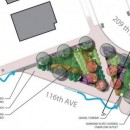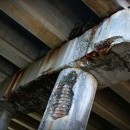DETROIT — When you ask the average Metro Detroit Joe, “What is a land bank?” expect to get a response, but not one that actually answers your question. After Joe unfurrows his brow and completes his list of random phrases like “community gardens” and “tax protected,” you find yourself nodding and smiling while reaching for your computer to Google all of those terms above.
Broken down, land banks are simple enough. The confusion likely lies in a land bank’s differing authorities: the communities for whose properties they bank differ from one another and certain neighborhoods have unique issues regarding their local real estate. Example: a neighborhood may need help with economic development while another industrial area requires a focus on the demolishing of dangerous and abandoned structures.
The main mission of government-funded land banks is to act as a tool for community members interested in repurposing neglected land or property. Not only is it literally a bank, filled with land instead of money, but the managing organizations can also act as a liaison between the city, interested buyers, entrepreneurs, developers, contractors and everyone involved in the redevelopment of vacant land or neglected housing.
The community in which the land bank is located also drives the mission.
“Land banks treat properties as real estate, not as a disposable commodity that, once used, not longer has a meaningful purpose,” said Amy Hovey, Interim President for the Center for Community Progress (CCP). It’s basically an alternative system made to replace the old system that sold tax liens at public tax auctions.
While the Michigan Land Bank Authority has residential property, their coverage of land encompasses the entire state; many of the properties are commercially zoned. Wayne County’s land bank is a strong and healthy mix of residential and commercial support and offers rehabilitation services to salvageable buildings.
“Families don’t shop for the family home at tax lien sales, and developers don’t seek the site for their next multi-million dollar deal at the courthouse auction,” she said. “It is rare that such sales lead to reinvestment in those properties.”
The CCP is a support organization with research, resources and experience in land banking. The organization has aided in establishing land banks, repurposing property, resolving issues involving delinquent property tax and zoning and code enforcement, among other things.
Detroit’s Land Banks
There are three land banks that cover Detroit’s territory:Detroit Land Bank Authority (DLBA), Michigan Land Bank Fast Track Authority (MLBA) and Wayne County Land Bank Corporation (WCLBC). Even though these banks share some literal common ground, they still differ in terms of service and mission.
While the MLBA has residential property, their coverage of land encompasses the entire state; many of the properties are commercially zoned. Wayne County’s land bank has a strong and healthy mix of residential and commercial properties and offers rehabilitation services to salvageable buildings.
The DLBA also receives funding for foreclosed housing renovations through the U.S. Department of Housing and Urban Development’s (HUD) Neighborhood Stabilization Program, which is awarded to local contractors to occupy and rehabilitate HUD-approved properties.
Some of the homes available for purchase were highlighted during Detroit’s East English Village Home Tour.
Lately, there has been a lot of debate in Detroit and Flint about a land bank’s role within their respected city limits.
It’s easy to compare the two, due to both cities’ abundance of abandoned property, however, the comparison doesn’t say much. The success of Detroit’s land bank system looks bleak when compared to Genesee’s, which is the original, oldest and largest land bank in the state and oversees Flint's property surplus. Created in 2004, the GCLB has become successful because of years of investment and work — Detroit is still new to the system.
Detroit, however, can already see some measurement of success through the amount of community gardens, historic building restoration and, although it may seem few in contrast to the abundance, the demolishing of unsalvageable structures.





